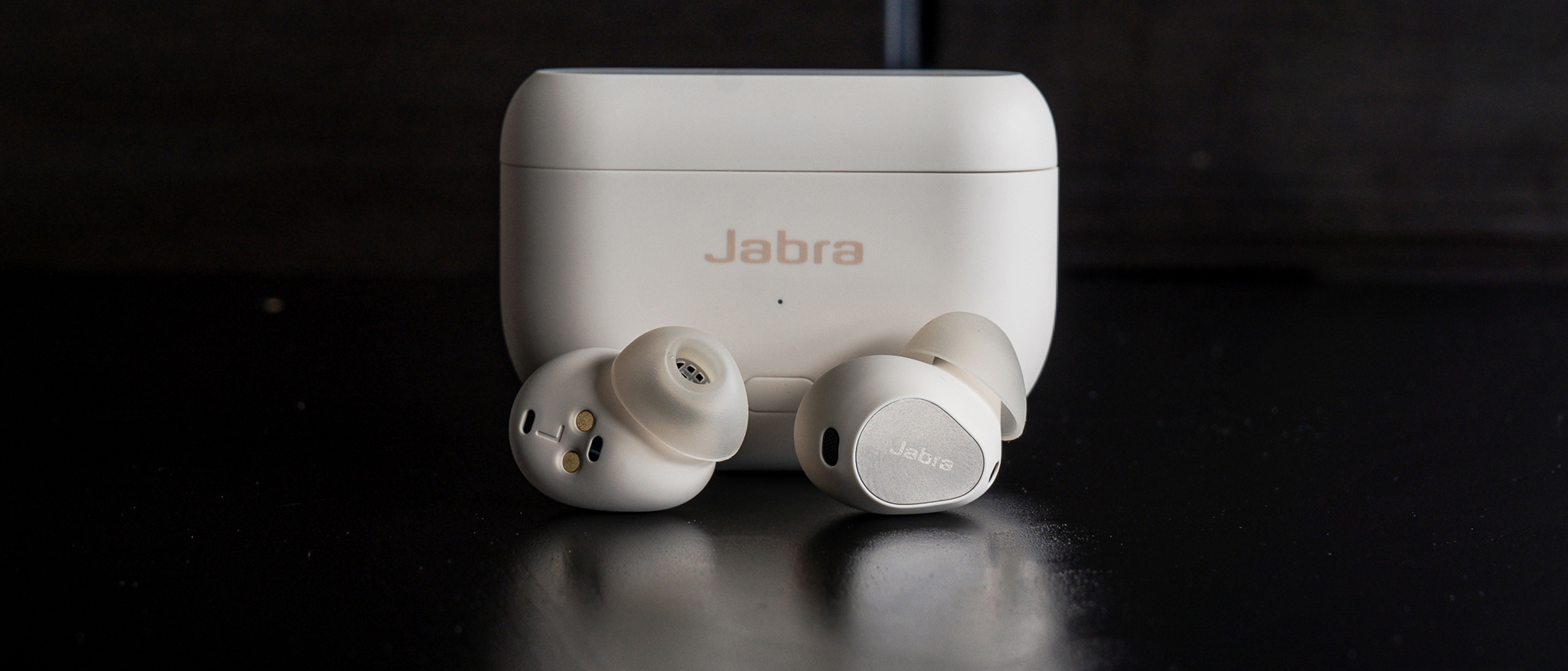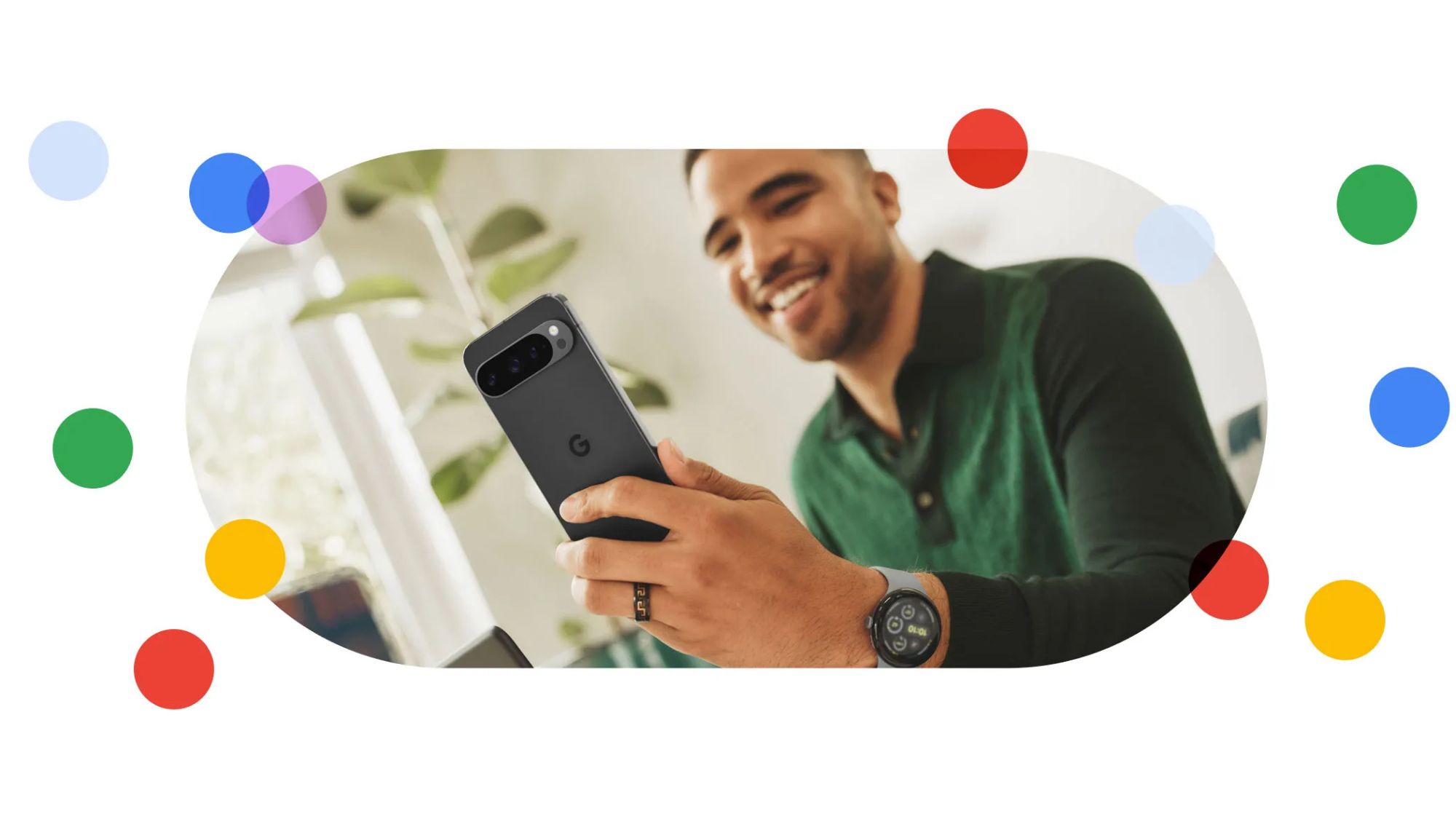Android Central Verdict
The Elite 10 Gen 2 iterate and improve on key features like active noise cancelation and spatial audio, while adding LE Audio from the case to the mix. It's just that Jabra won't be doing any of it ever again.
Pros
- +
Superb audio quality
- +
Improved ANC performance
- +
Better Spatial audio and head tracking
- +
LE Audio through charging case
- +
Same comfortable fit
- +
Button controls still rock
Cons
- -
No hi-res codec support
- -
More expensive
- -
Murky future with Jabra exiting consumer audio
Why you can trust Android Central
This is somewhat unique territory for Jabra because it usually replaces rather than reiterates its flagship products. And yet, here we are with the Jabra Elite 10 Gen 2, a pair of earbuds that look and feel a lot like their predecessors, only this time with extra features that would've been nice to have in the first place.
The good thing is Jabra didn't break anything in its attempt to create a more expansive take on the Elite 10, making these Gen 2 earbuds among the best you can place in your ears. It's just a strange situation, considering the brand is also stepping away from its consumer audio business with this launch.
Jabra Elite 10 Gen 2: Price and availability

Jabra launched the Elite 10 Gen 2 in June 2024, and should be widely available in retail and online stores until the company discontinues them. They start out at $280, though look out for potential price cuts at certain points along the way if retailers look to unload inventory. Despite exiting the consumer earbud space, Jabra says it will continue to support and update existing earbuds, including this pair, for "years." They come in glossy black, titanium black, soft white, cocoa, and denim.
Jabra Elite 10 Gen 2: What's good
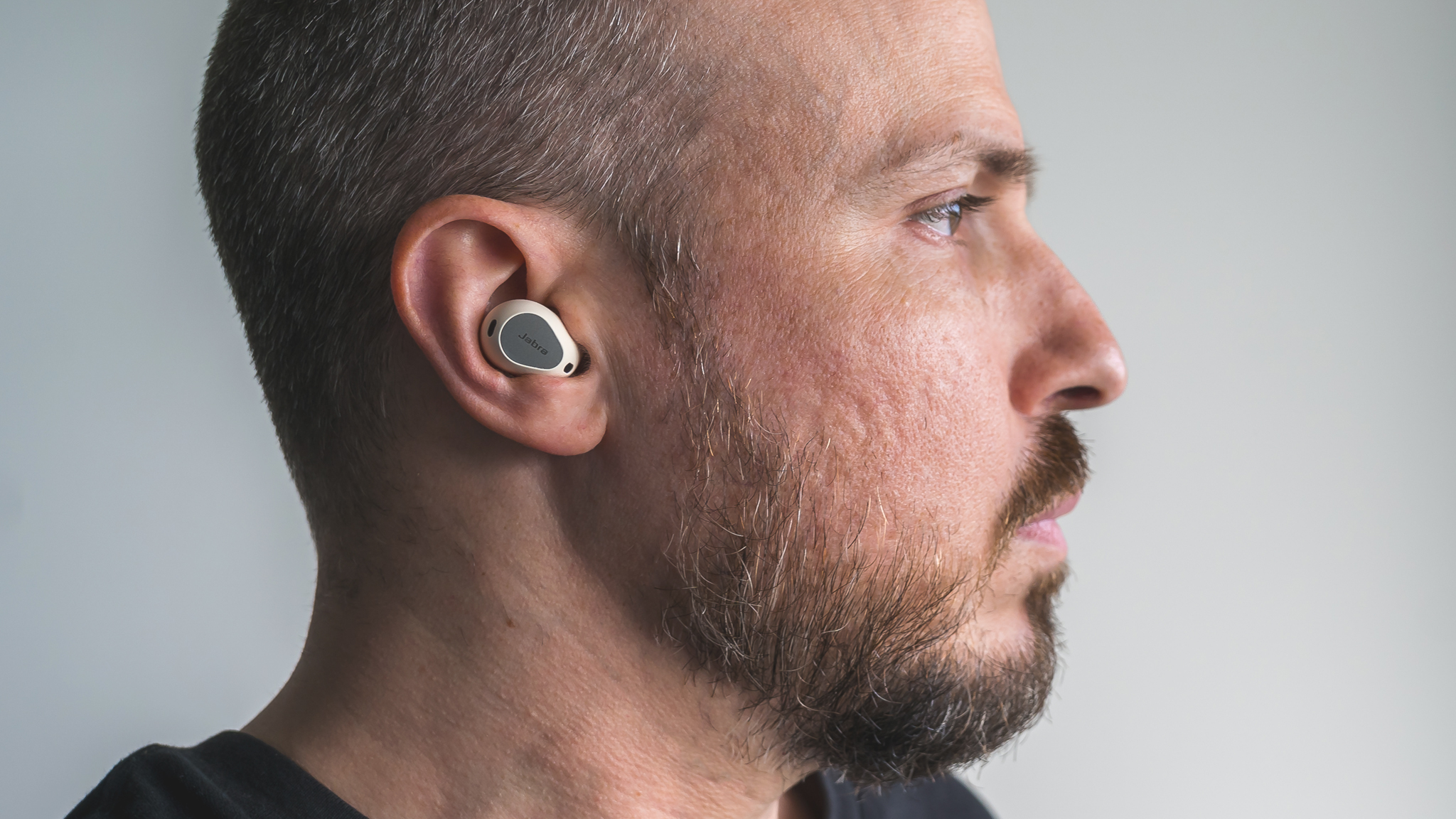
The Elite 10 Gen 2 look like carbon copies of their predecessors, right down to the construction, placement details, and the case as well. The dimensions are the same, as are the ear tips. Indeed, ear tips from the original Jabra Elite 10 will fit perfectly on these Gen 2 buds, maintaining the tight continuity that shows in many ways while wearing them.
They were already so comfortable to begin with, so there was no need to change how these fit. Still comfortable and easy on the ears, the rubberized coating remains an excellent design choice, as is the IP57 rating for dust and water resistance. It's rare for earbuds that aren't distinctly marketed as "sports" or "active" to have this level of protection, so it's a big plus out of the box if you're looking for a pair to run or work out in. You get four pairs of ear tips included to find the right fit.
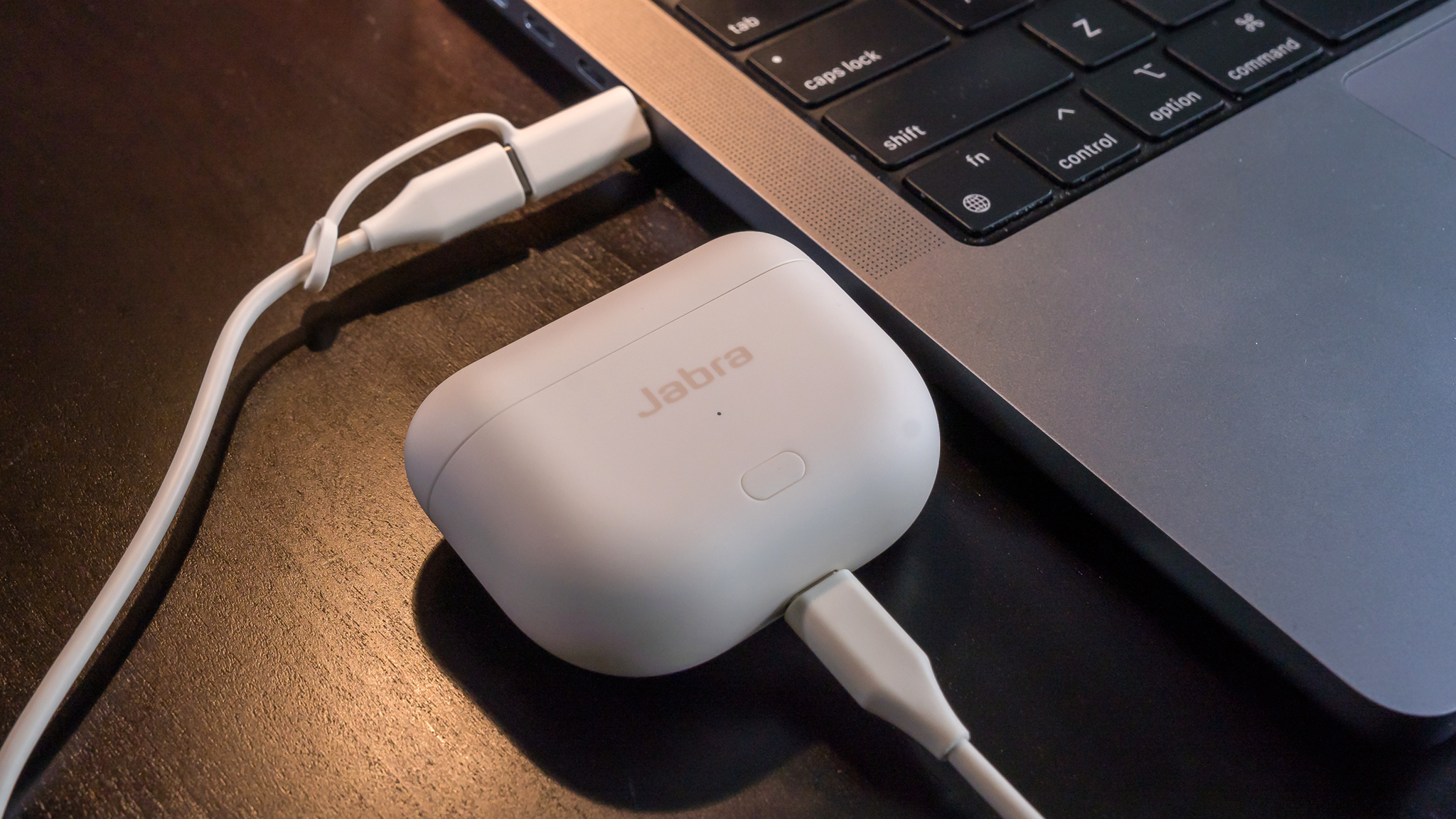
Jabra focused a lot on usability as a way to augment the existing foundation, so there's less of a focus on re-engineering how good the Gen 2 sound. A prime example is turning the case into a Bluetooth LE smart case, basically letting you plug it into any USB-C or 3.5mm jack and wirelessly stream the audio (via the LC3 codec) over to the earbuds. Where would this be useful? Think about airplane entertainment screens or even your TV at home when you don't want to disturb anyone. Some exercise equipment also offers a way to plug in and listen, and this makes it easier to do cord-free.
The Elite 10 Gen 2 earbuds aren't the first to offer this kind of setup, as I've heard it before from LG and Bowers & Wilkins, in particular. Jabra goes the extra mile by including spatial audio and head tracking in the mix. Not only can you listen to audio through the case, but you also get a virtual surround sound effect to go with it.
It works very well, and since Jabra's cable includes both USB-C and 3.5mm extensions, you can pretty much plug it into any playback device. I tested it on a number of devices, including those without a headphone jack, like the Google Pixel Tablet, and it worked perfectly. Same with laptops and my TV, including when using a USB-C-to-USB-A adapter. Take the earbuds out of their case, plug the case into the USB or headphone jack, and hold down the case's button until a white light appears, and you should hear the connection ping.
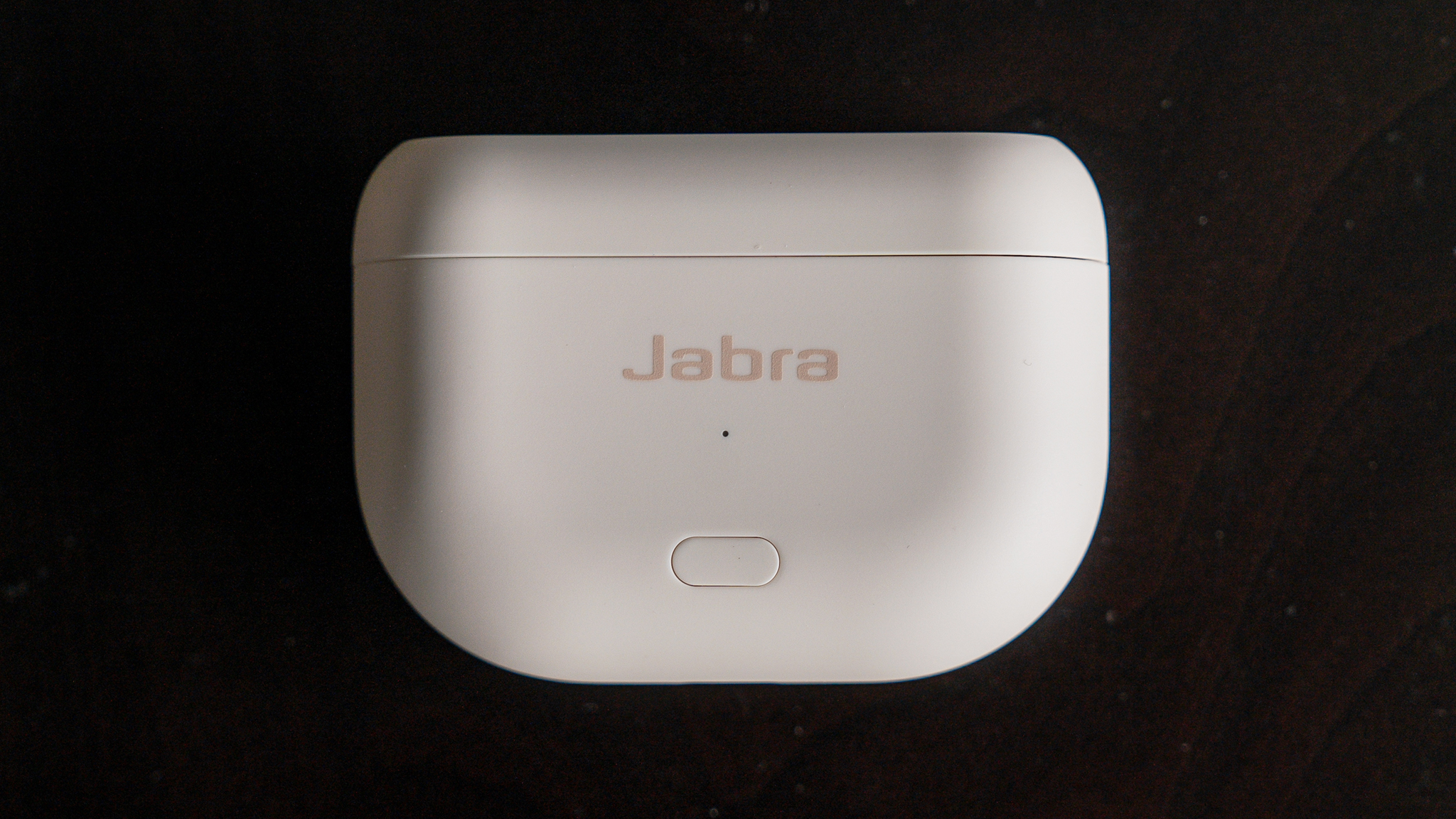
Jabra does a good job implementing all this without much fuss. Even if you're listening to audio streamed through the case, you can still take phone calls because the Elite 10 Gen 2 don't lose the connection to your phone. Multipoint connections already exist here, letting you pair with two devices simultaneously, so this just feels like a nice extension of that.
Moreover, LE Audio carries an additional advantage in reducing latency through the LC3 codec, which you may find more obvious when plugging the case into devices using an older Bluetooth version. Computers definitely come to mind for that, as do TVs, where LE Audio improves audio/video sync. This is great for watching a show or during video calls.
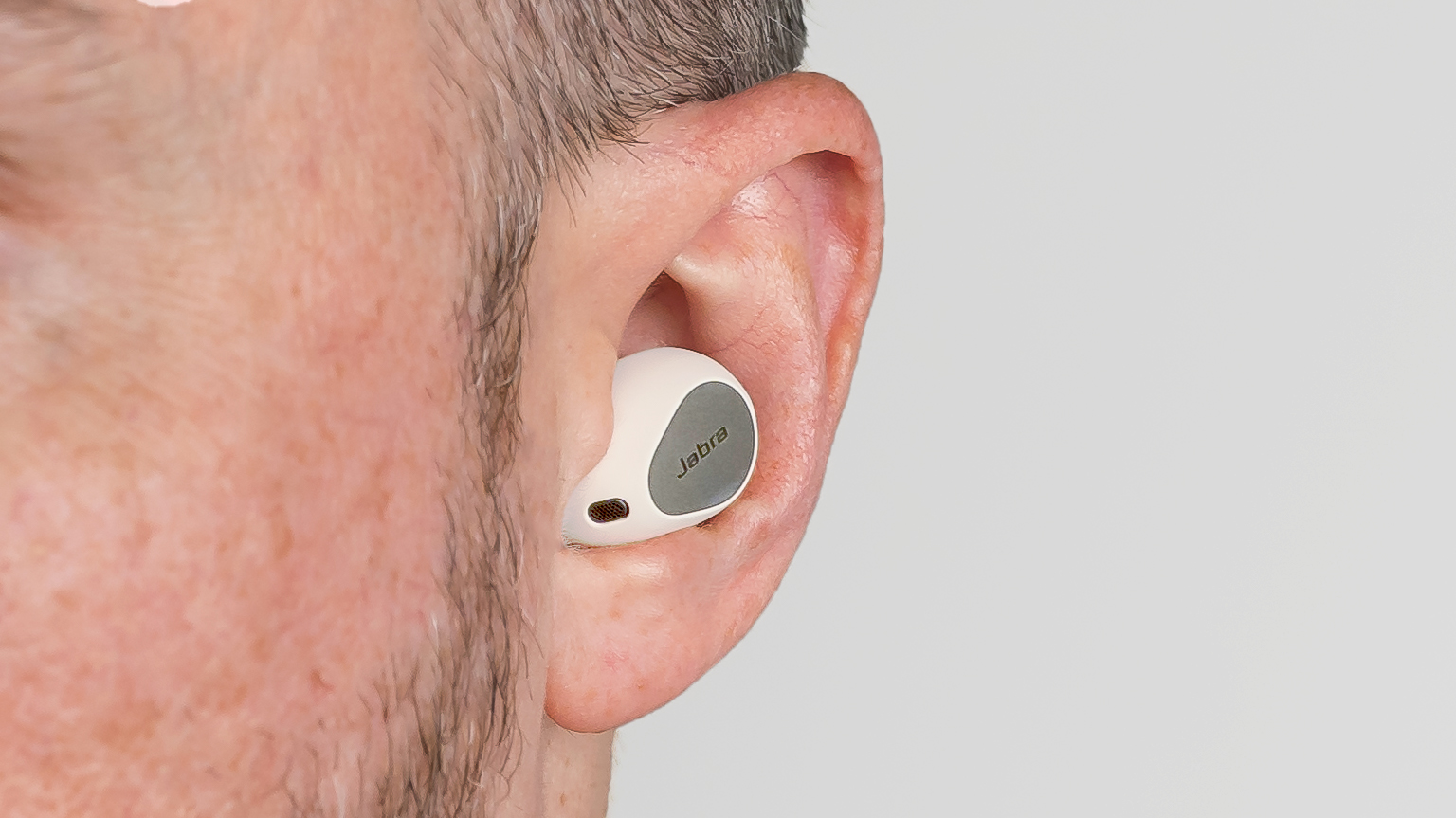
I can tell Jabra didn't change how it tuned the Elite 10 Gen 2, but it's evident the company chose to improve audio through other means. A big one is active noise cancelation (ANC). Jabra previously claimed that the Elite 10 were 2x better than their predecessors (Elite 7 Pro) and is now making the same 2x claim with the Elite 10 Gen 2 over their first-gen counterparts.
It's hard to be precise about this sort of thing during testing, but I can say that ANC is better in the areas where Jabra says it should be, which is in mid-range and low-frequency noise. Droning noises like fans or engines won't seep in as much this time, and the variances in street noise diminish as well. Not to mention, the Wind Reduction mode adds another level to block background noise, but you have to toggle it on separately through the app. Total ANC results still won't match what the likes of Sony and Bose can deliver, but they are definitely a step in the right direction.
HearThrough is also better at piping in more natural ambient noise, making it easier to hear announcements or talk to someone clearly without taking the earbuds off. An offshoot of that is that phone calls feel a little more natural because you can hear your own voice a little more now.
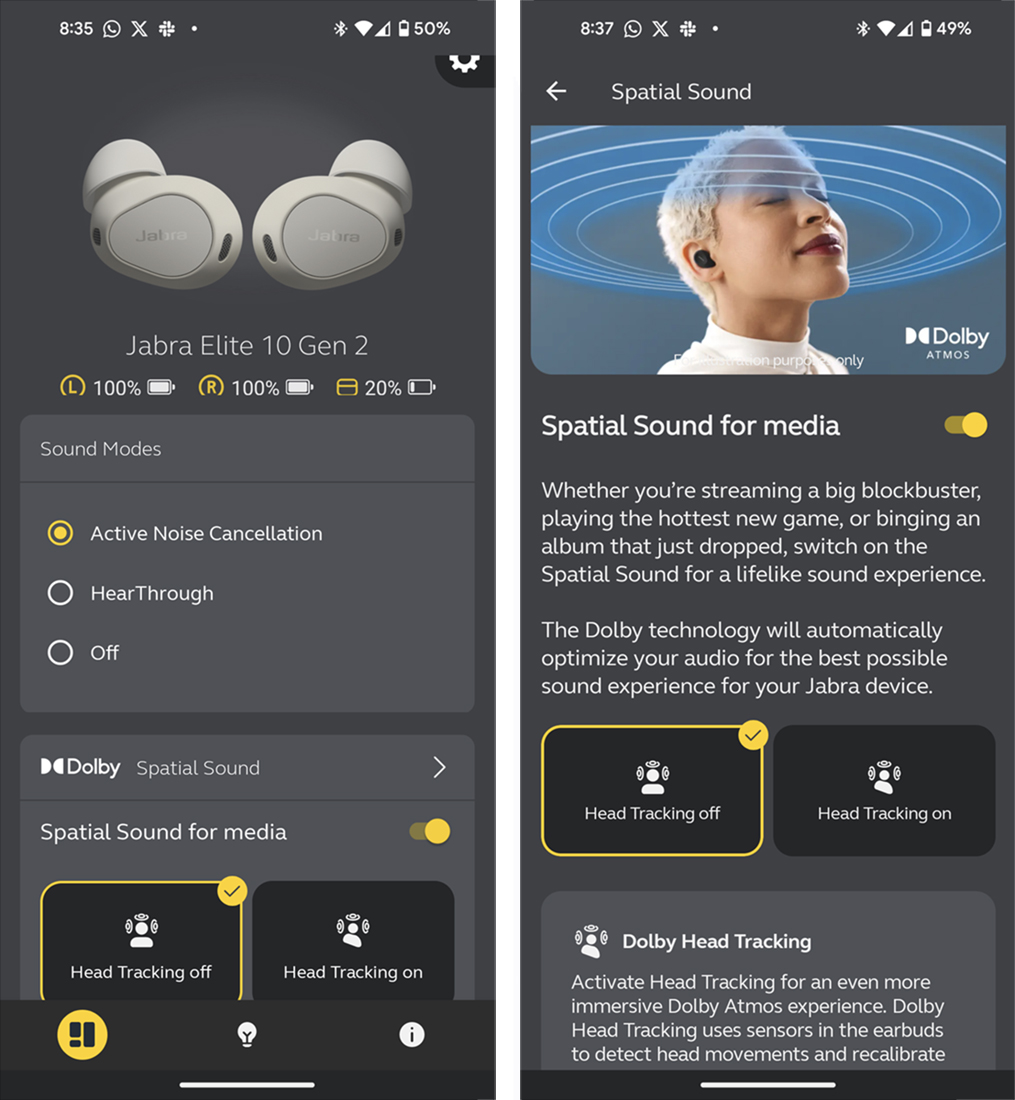
Jabra also places more emphasis on spatial audio this time around. Any tuning from the company's engineers clearly focused on this area. The previous Elite 10 already support Dolby Atmos, so what you're getting here is more refined tuning and clarity. I would argue you'll hear it more watching a show or movie in Dolby Atmos than you would while listening to music on streaming services like Amazon Music, Apple Music, or Tidal.
Spatial audio also applies when using the case's LE Audio, adding another nice perk in tying together the two features. Head tracking is exclusive to the Elite 10 Gen 2, as the sportier Elite 8 Gen 2 only offer standard Dolby Atmos. That also feels a little smoother here, particularly in how the spatial effect calibrates for head movement.
The app is still a very useful resource to get the most out of these earbuds.
Jabra still holds an edge over many competitors in that it manages to offer a high level of protection and still retain physical button controls. They're still very effective because of how easy they are to press and manage, and you can always customize them further in the Sound+ app.
The app is still a very useful resource for getting the most out of these earbuds. You can always adjust how you want them to sound through the onboard EQ, which is a must. Google Assistant is natively available, as is Spotify Tap.
Battery life hasn't really changed, lasting up to six hours with ANC on and eight hours when it's off. The case has an extra three charges and supports wireless charging—even while using it in LE Audio. For a quick wired charge, plug it in for five minutes, and you get up to an hour of playback.
Jabra Elite 10 Gen 2: What's not good
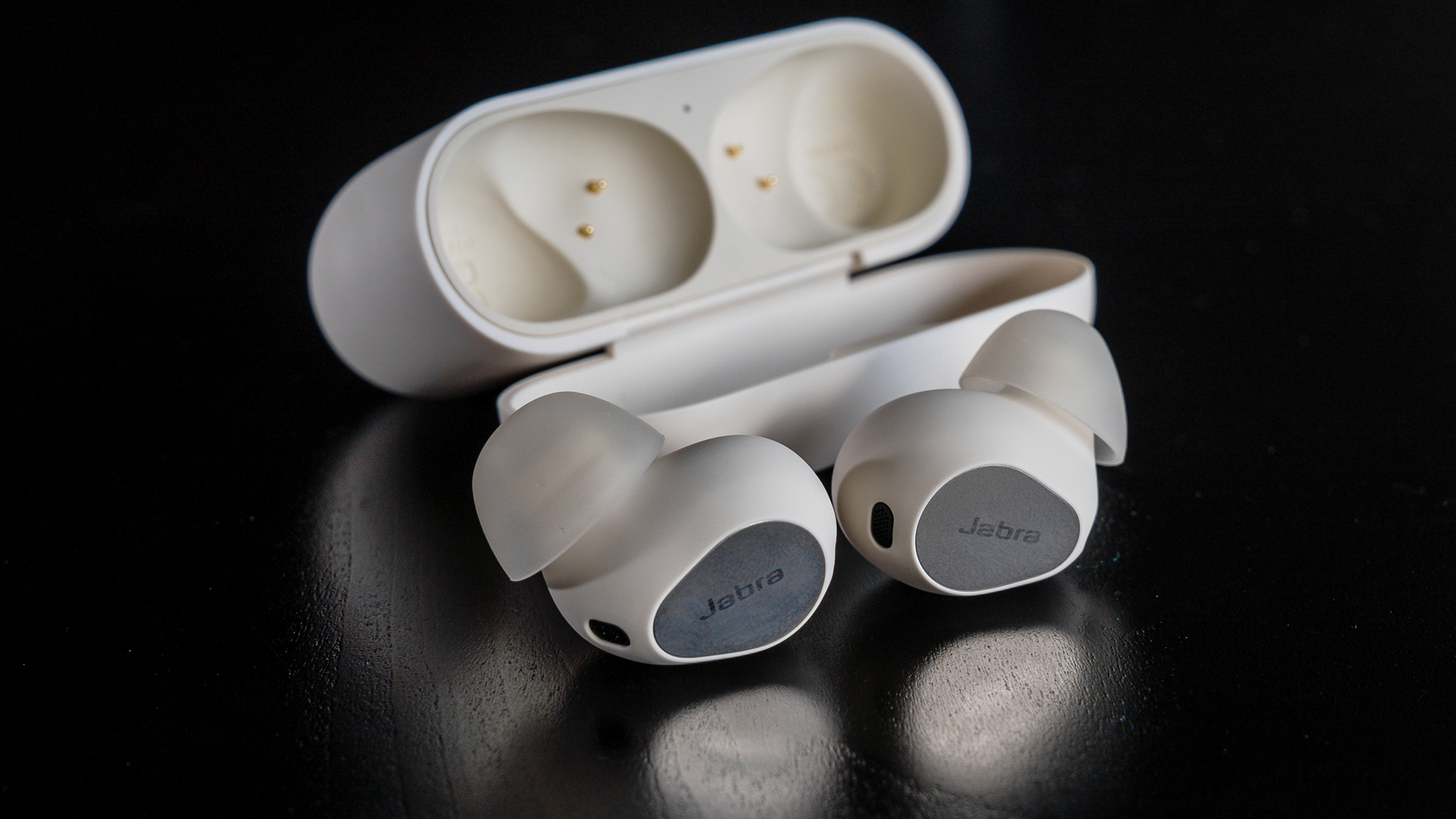
Going back to what made the previous Elite 10 so good is a smart move, but also a missed opportunity. The Elite 10 Gen 2 still don't offer support for hi-res audio Bluetooth codecs like aptX Adaptive or LDAC, cutting out the chance to listen to higher-quality streams. I tried to see if LE Audio with the case changes that but to no avail. You'll naturally get the spatial audio effect but not hi-res.
That doesn't really correlate with the increased price for what are largely iterative earbuds rather than newly designed and engineered replacements.
And then there's the huge elephant in the room, which is that Jabra has no plans to make new consumer earbuds after these and the Elite 8 Active Gen 2, killing off the Elite brand of earbuds. I don't know all the details yet, given that Jabra has previously indicated that this part of its business turns a profit, but I suspect it's about the money. Hearing aid and enterprise audio tech have much higher margins, so perhaps the powers that be at Jabra figure it's better to invest in building that portfolio further.
Jabra Elite 10 Gen 2: Competition
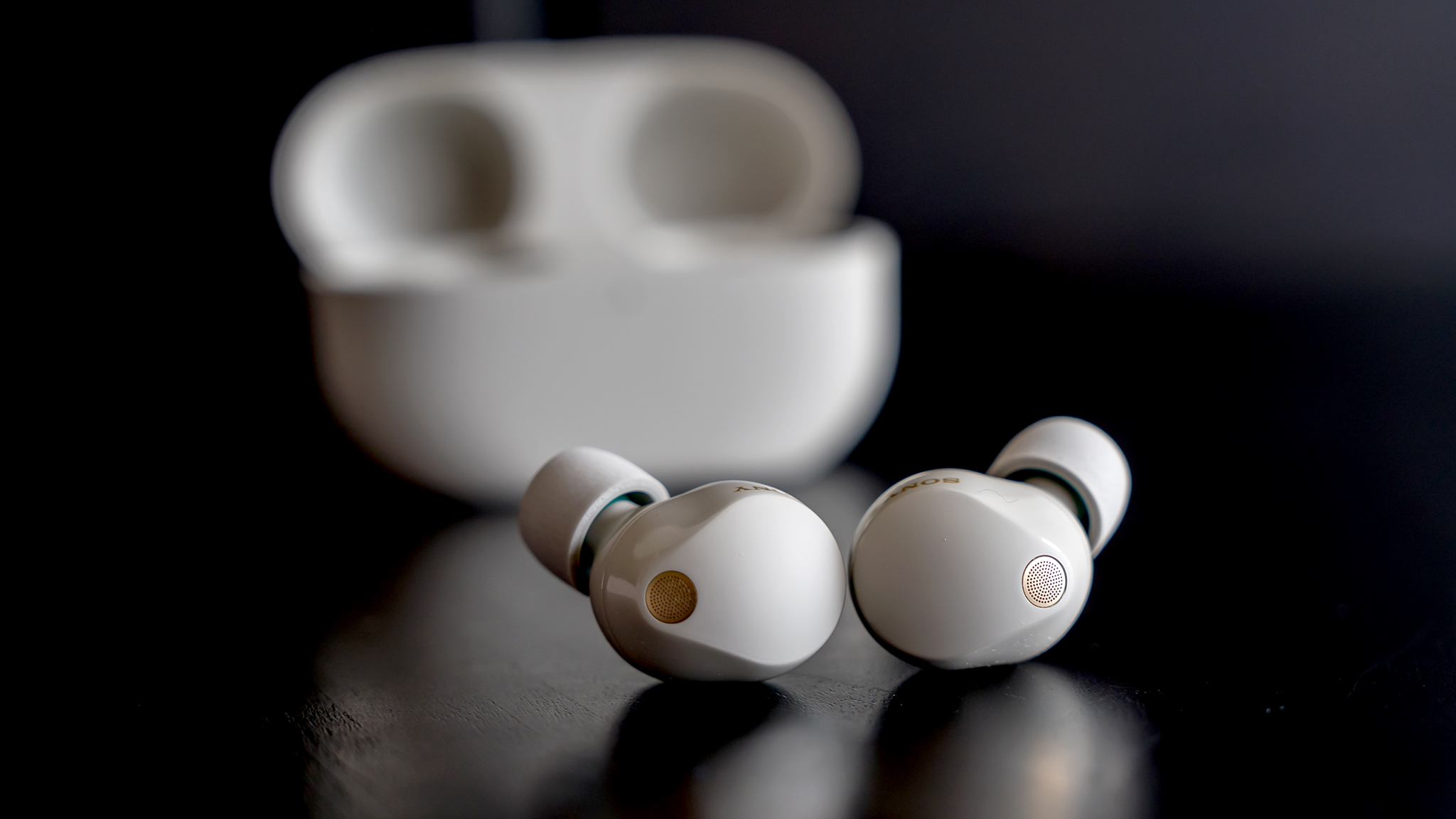
Jabra's move feels all the more puzzling, considering the Elite 10 Gen 2 clearly deserve to be among the best wireless earbuds. It built on a solid and reliable foundation and tweaked the feature set and performance to compete with the best. But maybe that hill is getting steeper to climb. The Sony WF-1000XM5 are still the cream of the crop for the combination of sound quality and noise cancelation, as well as spatial audio and personalized listening.
The Bose QuietComfort Ultra Earbuds are in a similar boat, boasting arguably the best ANC you'll find on earbuds in most situations. You don't get the same level of granular controls Sony or Jabra offer, but there's a lot to like anyway. If you'd rather stay in the proverbial family and pay less, the previous Elite 10 are a good buy.
Jabra Elite 10 Gen 2: Should you buy them?
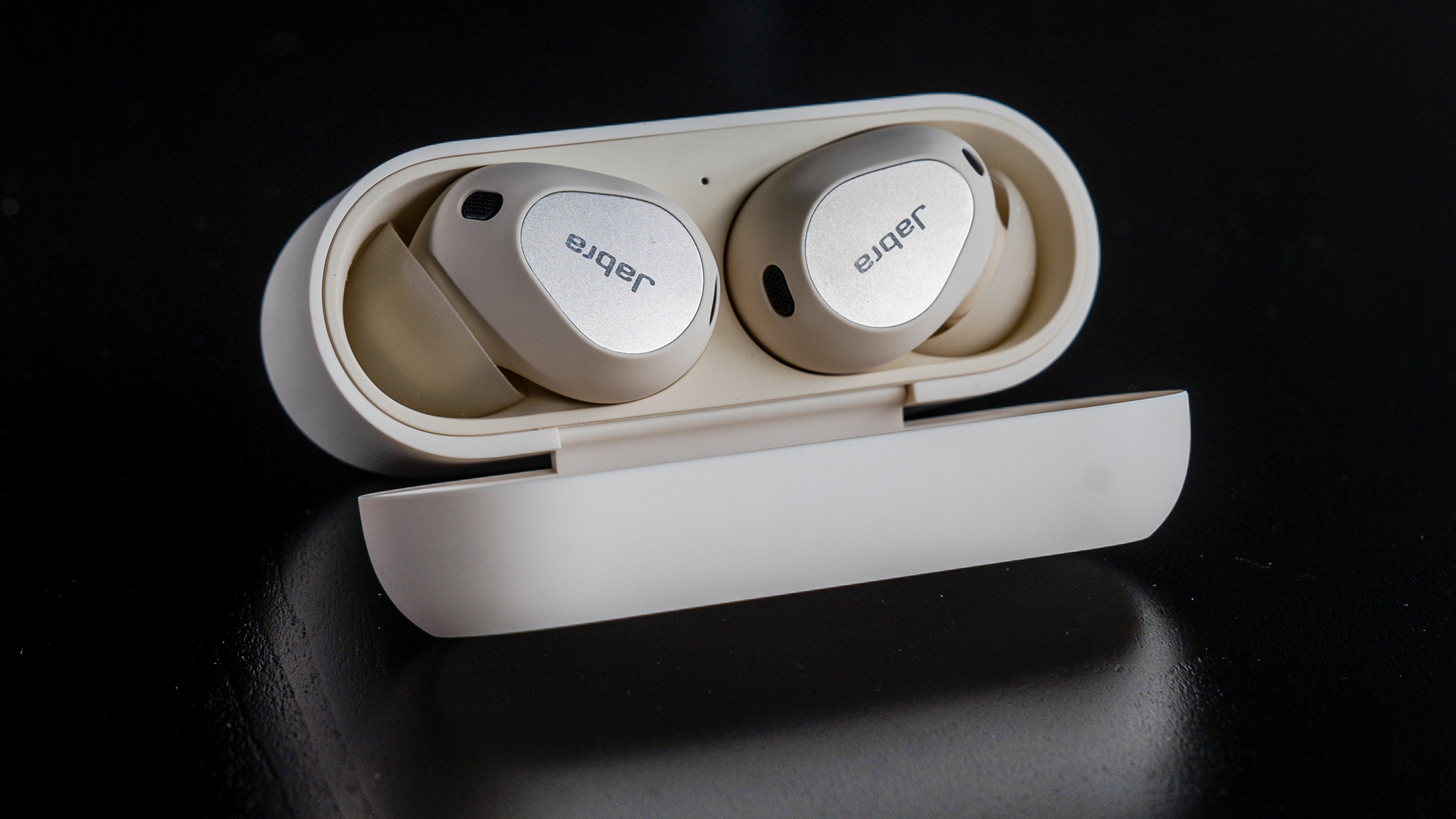
You should buy this if...
- You want good sound with ANC support.
- You want a comfortable fit with physical buttons.
- You like the idea of LE Audio.
- You want spatial audio.
You shouldn't buy this if...
- You really want hi-res audio codecs.
- You don't care for spatial audio and head tracking.
- You want longer battery life.
- You hate that Jabra is leaving the business.
No matter how you look at it, Jabra put these earbuds in a weird place. I've been a journalist for a long time, and rarely, if ever, have I seen a company launch a flagship product only to announce it was leaving that business behind at the same time. The silver lining is that the company intends to keep supporting its consumer products for years to come with firmware and software updates. We have some evidence for this when looking at how good the Elite 75t and Elite 7 Pro still are years later.
Even so, that's cold comfort for those who really enjoyed what Jabra was doing in this space every year. With that in mind, the Elite 10 Gen 2 are still excellent earbuds across the board. They improve some key features from the previous pair and maintain the comfort and durability that make them unique in a crowded market. While Jabra may be abandoning that market, you won't lose out if you choose to go with these earbuds as your next pair.
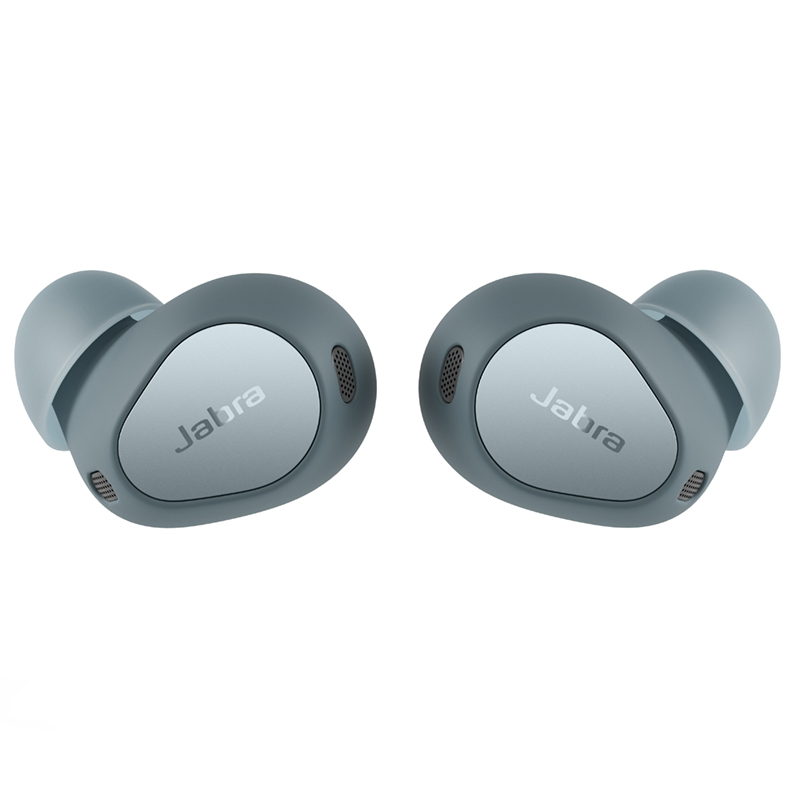
The Jabra Elite 10 Gen 2 keep much of what made their predecessors so effective and refine things with improved noise cancelation, spatial audio, and the ability to plug in the case for LE Audio playback.

Ted Kritsonis loves taking photos when the opportunity arises, be it on a camera or smartphone. Beyond sports and world history, you can find him tinkering with gadgets or enjoying a cigar. Often times, that will be with a pair of headphones or earbuds playing tunes. When he's not testing something, he's working on the next episode of his podcast, Tednologic.
You must confirm your public display name before commenting
Please logout and then login again, you will then be prompted to enter your display name.
